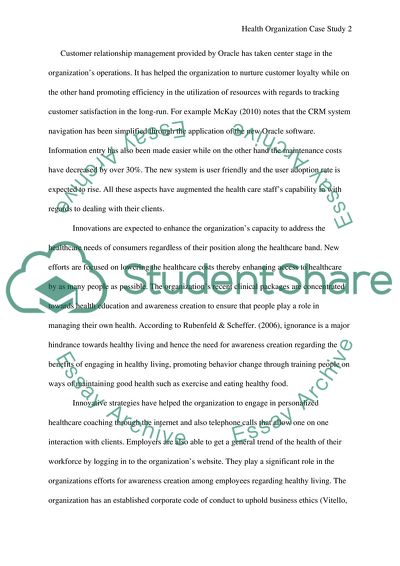Cite this document
(Health Organization Case Study Essay Example | Topics and Well Written Essays - 1000 words - 2, n.d.)
Health Organization Case Study Essay Example | Topics and Well Written Essays - 1000 words - 2. https://studentshare.org/medical-science/1806175-readiness-of-united-healthcare-in-addressing-the-needs-of-citizens
Health Organization Case Study Essay Example | Topics and Well Written Essays - 1000 words - 2. https://studentshare.org/medical-science/1806175-readiness-of-united-healthcare-in-addressing-the-needs-of-citizens
(Health Organization Case Study Essay Example | Topics and Well Written Essays - 1000 Words - 2)
Health Organization Case Study Essay Example | Topics and Well Written Essays - 1000 Words - 2. https://studentshare.org/medical-science/1806175-readiness-of-united-healthcare-in-addressing-the-needs-of-citizens.
Health Organization Case Study Essay Example | Topics and Well Written Essays - 1000 Words - 2. https://studentshare.org/medical-science/1806175-readiness-of-united-healthcare-in-addressing-the-needs-of-citizens.
“Health Organization Case Study Essay Example | Topics and Well Written Essays - 1000 Words - 2”. https://studentshare.org/medical-science/1806175-readiness-of-united-healthcare-in-addressing-the-needs-of-citizens.


